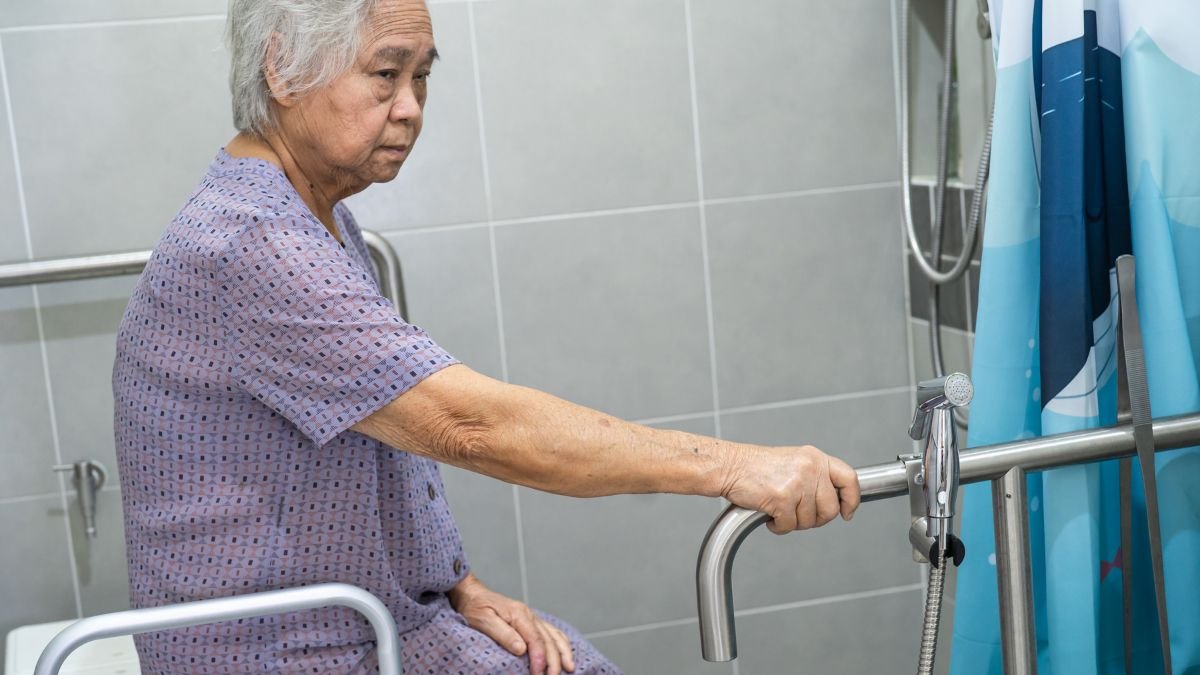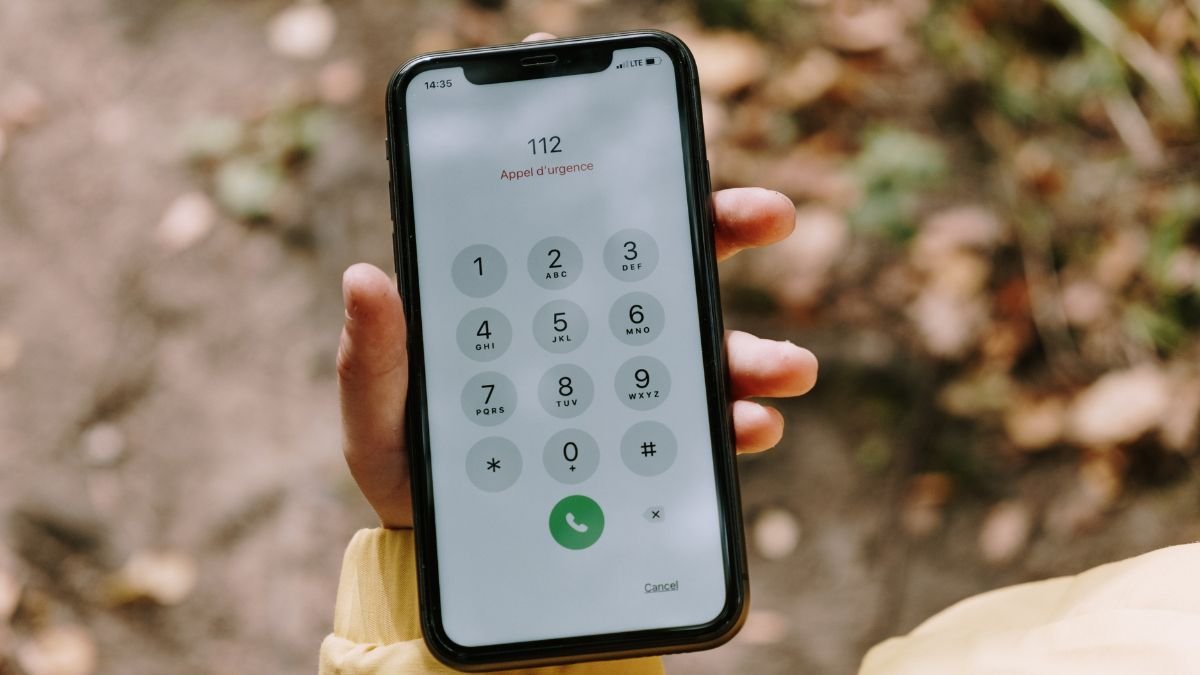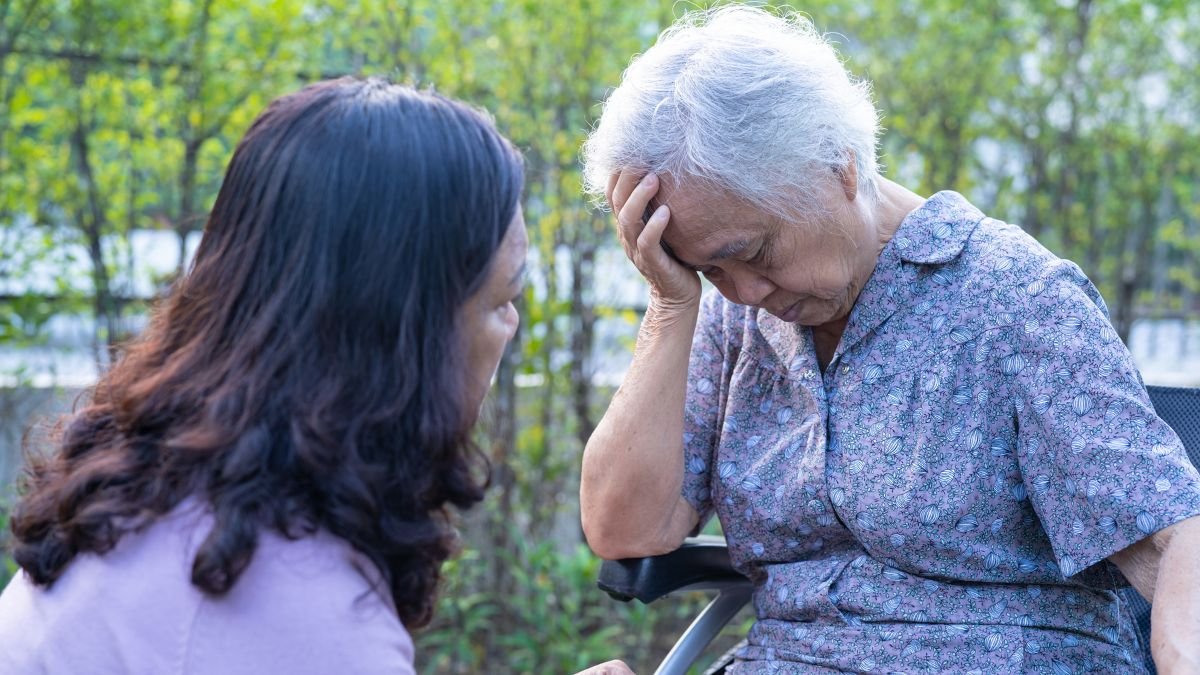Every year, falls disrupt lives and confidence for older adults, often in places that feel familiar: a loose rug in the hallway, a dimly lit staircase, or a bathroom floor that’s just a little too slippery. Preventing these accidents doesn’t require major renovations or expensive upgrades. Small, thoughtful tweaks to your home can turn hidden hazards into safe zones.
Start by tackling the spots where slips happen most. Bathrooms, stairways, and entryways often hide risks, but adding grab bars, securing carpets, or swapping out a single lightbulb can transform them. These changes aren’t just about safety; they’re about peace of mind. You shouldn’t have to tiptoe around your own home.
Quick and Easy Home Safety Modifications For Seniors
This guide walks through practical, no-fuss solutions anyone can implement today. From rearranging furniture for clearer pathways to using everyday items like non-slip mats, you’ll learn how to create a home that supports independence. Let’s make safety simple, one step at a time.
Floors, Stairways, and Hallways Modifications

They form the backbone of daily movement, making their safety paramount. Secure handrails on both sides of the stairs are essential. Always grip them when ascending or descending, even if your hands are full, and ensure your view of the steps remains unobstructed.
Lighting plays a critical role in installing switches at both ends of staircases and long hallways, and motion-activated plug-in lights are considered to brighten pathways automatically as you pass.
Clutter like books, shoes, or loose clothing should never litter floors or stairs, as these can easily trip someone. Firmly anchor carpets to the floor to prevent slipping, and apply no-slip strips to hardwood or tile surfaces. Avoid throwing rugs entirely, and steer clear of freshly mopped floors until they dry completely.
Bathroom Modifications

In bathrooms, where wet surfaces pose a risk, mount sturdy grab bars near toilets and inside/outside showers or tubs. Non-slip mats or adhesive strips should cover any area prone to moisture, and a nightlight or automatic sensor light can guide safe nighttime visits.
Bedrooms benefit from strategic lighting, too. Place nightlights and switches within arm’s reach of the bed, alongside a charged flashlight or phone for emergencies. A landline or mobile device nearby ensures help is always accessible.
For Kitchen Amendments

Kitchens demand organization and caution. Store frequently used items in easy-to-reach cabinets to avoid overstretching, and wipe spills immediately to prevent slick spots. Preparing meals while seated can reduce fatigue and balance issues.
Outdoors, inspect entry steps for stability, adding non-slip treads to stairs, and keeping decks or porches free of debris like branches or leaves. A porch light activated at dusk improves visibility, while winter walkways should be treated with ice melt or sand. Installing a grab bar near the front door offers stability when locking up.
Seniors-Friendly Living Areas

Living areas require thoughtful furniture placement. Keep electrical cords tucked along walls, away from walkways, and arrange sofas, chairs, and coffee tables to create clear paths. Ensure seating is at a comfortable height for easy sitting and standing.
Avoid climbing on chairs. Opt for a reach stick or a sturdy step stool with a handrail, and never hesitate to ask for assistance. Pets, beloved as they are, should be kept from underfoot during movement.
Emergency Safety Precautions to Take After a Fall
Falls can happen even in the safest environments, so knowing how to respond calmly and effectively is critical.
Stay Calm and Avoid Rushing To Stand Up

as sudden movements could worsen injuries. First, take a moment to assess for pain, dizziness, or obvious injuries like bruising, swelling, or fractures. If there’s severe pain (especially in the hip, head, or back) or difficulty moving, do not attempt to get up alone. Call for help immediately using a mobile phone, medical alert device, or voice-activated assistant like Alexa.
For Those Able To Move

Roll slowly onto your side and push yourself into a crawling position. Crawl to a sturdy piece of furniture, like a chair, and use it to support yourself while rising to a kneeling position. Gradually shift weight onto one foot, then lift yourself into the chair. Move slowly and pause frequently to avoid dizziness.
Keep Emergency Communication Tools Accessible At All Times

Wear a medical alert pendant or keep a charged phone within arm’s reach, even in bathrooms or bedrooms. Program emergency contacts, family, neighbors, or 911, into speed-dial features. If living alone, consider a fall detection system that automatically alerts responders when a fall is detected.
Fall-Response Drills

Caregivers should practice fall-response drills with seniors to build confidence. Discuss scenarios like “What if I fall in the shower?” or “How do I reach my phone if it’s across the room?” Keep a first-aid kit stocked with ice packs, bandages, and pain relievers in an easily accessible location.

